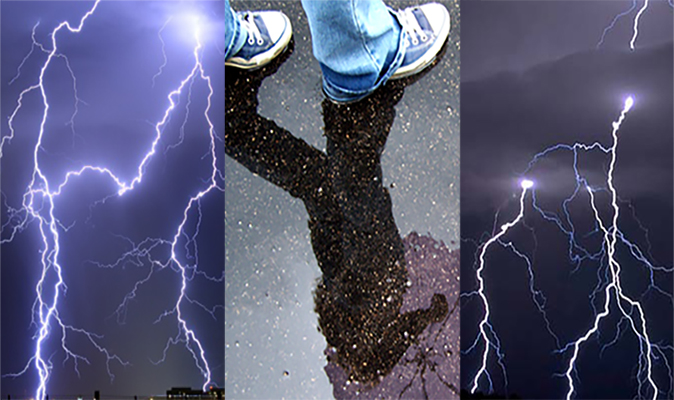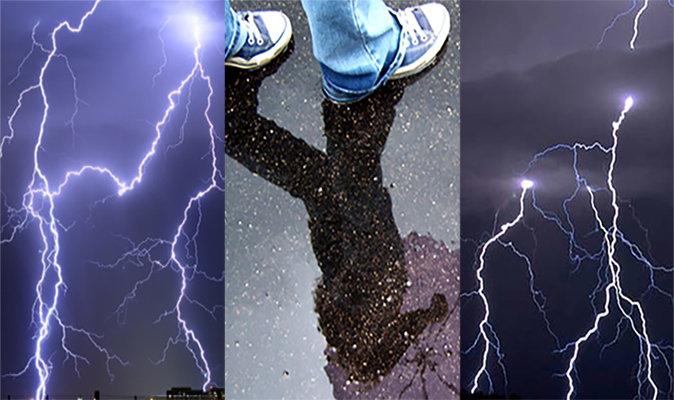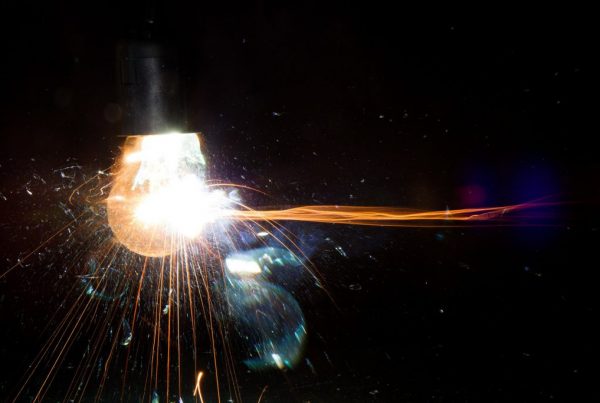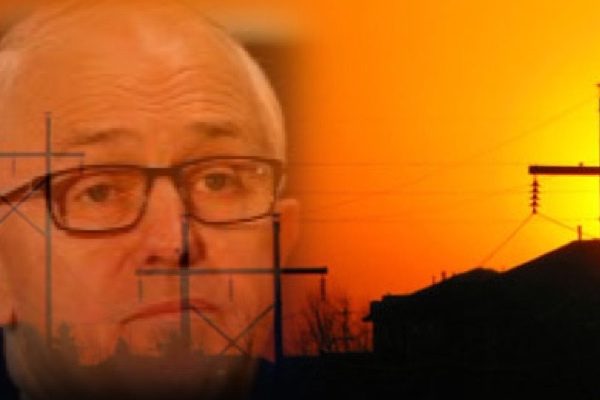There are two distinct phases in a crisis:
• First, stop it
• Then, repair the damage
It is generally a mistake to try and do both at once. 
Crisis PR: stopping a crisis
A crisis almost always has negative and damaging associated media. Whether it’s a fire, a fraud or media exposé, journalists almost always make a bad situation worse. So it follows that one of the objectives inside a crisis is to stop the media activity.
This is hard because there are a lot of competing interests and differing opinions.
A common one is, “We need to be transparent.” This is a compelling argument, often put by journalists and other well-meaning outsiders (I used to say it, when a journalist). But a crisis is by definition damaging to an organisation, and openness often makes it worse, so arguments about transparency can come later.
The only group of people for whom transparency must be given greater consideration is politicians. The public’s right to know is fundamental to a high-functioning democratic government.
Another argument is, ‘Nature abhors a vacuum.’ In other words, if we don’t provide information, someone else will, often inaccurately. Sometimes this is true, and information must be provided. Critical information in accidents is an example. But still the primary objective is to stop the media noise.
Another way of approaching a request for media during a crisis is to answer, “Will us going public make a bad situation better or worse?” Again, mostly, “Worse.” If you are mid-crisis, and the media is feasting on your misfortune or mistakes, the headlines will almost always be negative, and you can’t fix it until the journalists have moved on.
And there is another consideration too. Journalists mid-crisis are competing madly to get material online or in print; as well, the Twitterverse and other SM channels go crazy. Accuracy gives way be being the first to publish. Misleading and defamatory commentary slips past editors and malicious allegations from enemies or competitors start entering the conversation. This is why, sometimes, we ask specialist media lawyers to intervene.
Mid-crisis, what you want is the noise to stop. It is often extremely distressing for CEOs, executive teams, and Boards; there are arguments about what to do internally; there is confusion inside the organisation about what’s happened; staff are panicky and gossip; blame games start. Confusion reigns. Negative media simply adds to the stress. Under too much pressure even the best people make bad decisions.
There are exceptions to shutting down the media, when the public needs to be informed, such as a food poisoning scare, or a recall.
Transparency a misnomer
Transparency is often trotted out as a mantra, and adopted as a strategy; it’s sometimes a sort of automatic response. However, there are many situations where transparency is simply bad: Commercially sensitive data must be protected; staff must be protected; a good organisation’s reputation must be preserved; share values are important to shareholders; security measures on planes must be secret. The words ‘transparency’ and ‘honesty’ are not interchangeable concepts.
The argument for transparency in an honest organisation, as it’s mostly put, is to make sensitive information available to the public. Wrong. An honest organisation is ethically bound to make relevant information available to particular stakeholders, and be trusted by its record to do so – some information must go to the leadership team, there may be overlap on information to staff, similar but less information may go to shareholders (by law), yet different information to external partners, and some to the public via the media. There will be a common theme in the messages, but different stakeholders need different information.
Never waste a good crisis
After the storm, the rebuild commences. The crisis may pass quickly. A weekend is often enough of a circuit breaker for the media to move on.
Now we can coolly review the situation. In fact, often I don’t lay out the plan to restore harmony during a crisis because people aren’t able to envisage the post-crisis stillness. Once the crisis has passed, it’s easier to plan.
Post-crisis, our objective is to first, rebuild, and second, make the internal changes that will make things better.
This is a period, after the media has moved on, when other stakeholders are keenly interested in information. It’s a short, golden period. Now is the chance to let staff, partners, shareholders and others know about the organisation. It is also a time to explain, in some detail, your version of the recent events. There are willing ears.
It is also a time when the CEO, the executive teams, and Boards are prepared to make changes to the way they do things, to prevent the crisis recurring.
It is a time to put longer-term plans in place; plans that will seem too hard or too expensive once people have moved on. And the hazard here is that organisations revert to old habits too quickly, leaving themselves open to repeating the mistake that caused the problem.





